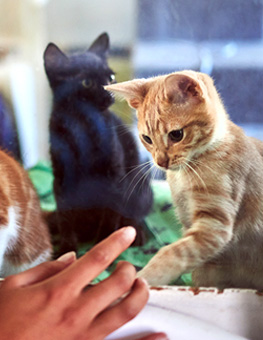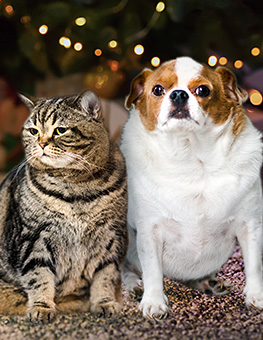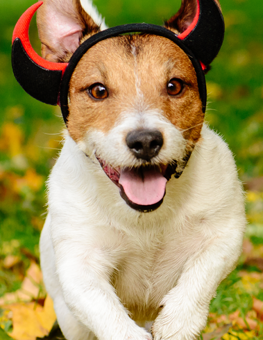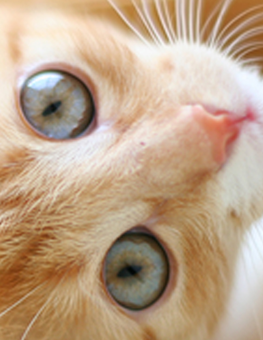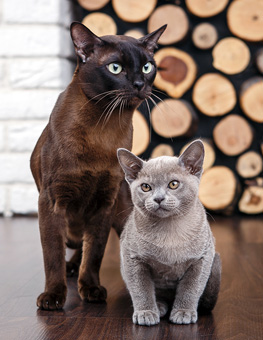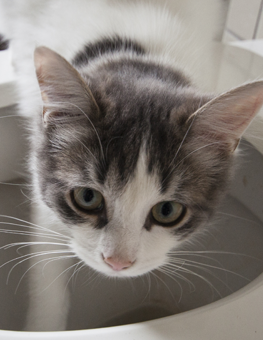Why Are Black Cats Associated with Halloween?
Black cats are a classic Halloween symbol, but how did their special place in the fall come to be?

Some shelters will not adopt-out a black cat immediately before Halloween.
Black cats have long served as objects of superstition. In Medieval France and Spain, black cats were considered bringers of bad luck and curses to any human they came near, and were associated with witchcraft. Many Medieval Germans believed themselves to be cursed if a black cat crossed their path from left to right. Black cats, however, have also served as symbols of good luck in numerous cultures. In the British Islands, black cats are often believed to bring affluence to any house they occupied. In Japan, they are also considered to bring good luck. In Ancient Egypt, black cats were worshipped as sacred.
How did black cats come to represent bad luck and spookiness in the United States? It all started with the Pilgrims in the Plymouth colony. The Puritan Pilgrims distrusted anything associated with witches and sorcery, including black cats. They actively persecuted black cats – it became a practice to burn black cats on Shrove Tuesday to protect the home from fire. After the anti-witch zeal had subsided in the colonies, black cats had been thoroughly cemented in popular legend right alongside witches. Decorators use them as a Halloween symbol, both alongside witches and independently, to add a frightful, unnerving ambience to their front steps, their green eyes spooking trick-or-treaters.
But if you’re really feeling the holiday spirit this Halloween, consider adopting a black cat from an animal shelter or rescue service. Due to latent superstition, studies have shown that black cats are much less likely to be adopted compared with other fur colors. By adopting a black cat, you may rescue an animal who may otherwise not have found a loving owner. However, some shelters will not adopt-out a black cat immediately before Halloween. Some owners have been known to use them as “living decorations” before abandoning them.



